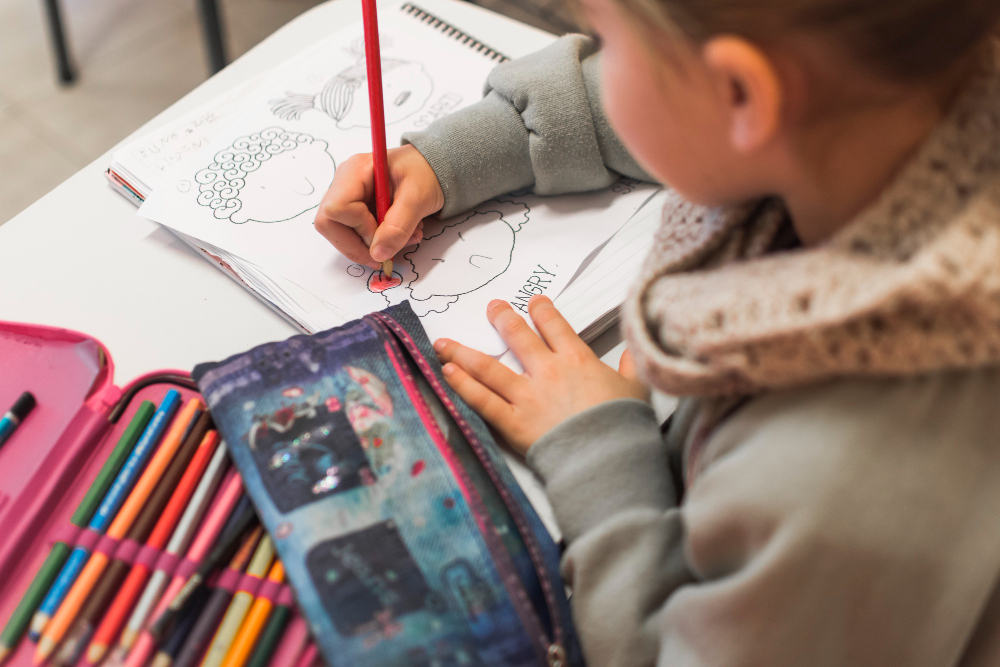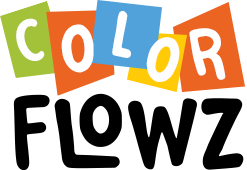The Benefits of Coloring in School: Enhancing Learning and Creativity

Coloring in school is not just a fun activity; it offers numerous educational and developmental benefits that can support students’ overall growth.
Incorporating coloring into classroom activities encourages fine motor skill development, as children practice gripping crayons or pencils, improving hand-eye coordination essential for writing and other tasks. It also enhances cognitive skills such as focus, concentration, and attention to detail, as students learn to stay within lines and select appropriate colors.
Coloring stimulates creativity and imagination, allowing students to express themselves visually and explore different themes or ideas. Additionally, it can serve as a calming break during busy school days, helping students manage stress and improve emotional regulation. For younger learners, coloring supports early literacy and numeracy skills through themed pages related to letters, numbers, or vocabulary words.
In a diverse classroom setting, coloring can promote inclusivity and cultural awareness by exploring different traditions, holidays, and worldviews through art. Moreover, it fosters a sense of accomplishment and pride when students complete their projects, boosting confidence and motivation. Overall, integrating coloring into school routines not only makes learning more engaging and enjoyable but also contributes to important developmental milestones, making it a valuable tool for educators and students alike.
In addition to its cognitive and motor benefits, coloring in school can also promote social skills and collaboration. Group coloring activities encourage students to share materials, exchange ideas, and work together on themed projects, fostering teamwork and communication. It provides an inclusive environment where students of different abilities can participate equally, boosting confidence and peer relationships.
Teachers can use coloring as a versatile teaching tool, integrating it into lessons in science, history, or literature to reinforce concepts visually. For example, students might color maps, historical scenes, or scientific diagrams, making abstract information more tangible and memorable. Coloring also offers a multisensory experience that can cater to diverse learning styles, especially for visual and kinesthetic learners.
Furthermore, it can serve as a sensory break for students with special needs, helping them regulate emotions and improve focus. As schools increasingly recognize the importance of holistic education, incorporating coloring into daily routines offers a simple yet impactful way to support the development of critical skills while making learning more enjoyable. Overall, coloring is a versatile activity that enhances educational outcomes, encourages creativity, and nurtures emotional well-being, making it a valuable addition to any classroom setting.
Related Articles

Mastering Coloring Techniques: Unlock Your Artistic Potential
The pool is a great place for your family and pets to spend their summers. It’s the perfect solution to cooling down, soaking up some

Coloring for Healing and Relaxation: A Creative Path to Calm for Adults
We look forward to the deliciousness of the holiday season for many reasons – special meals and drinks, seasonal treats…

The Overall Benefits of Coloring for Kids and Adults
Summer is a great time to enjoy all sorts of outdoor fun, but when temperatures rise too high, conditions…
